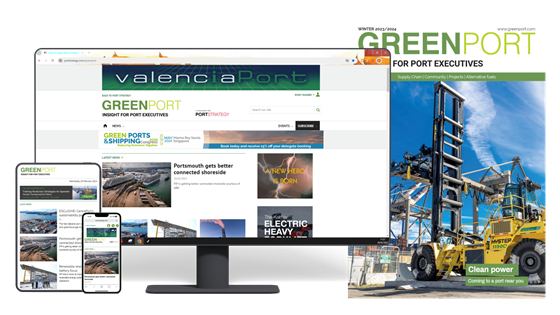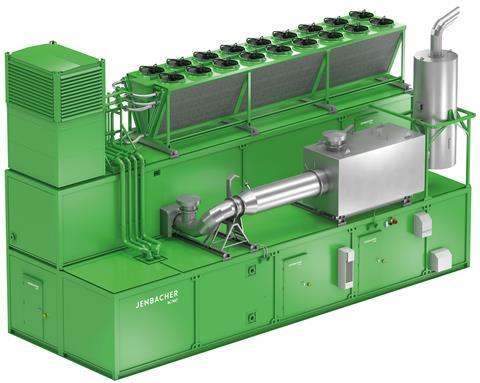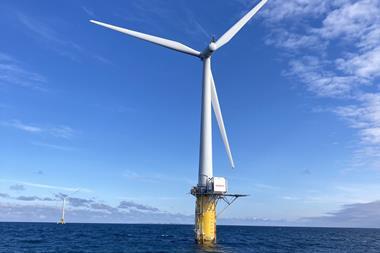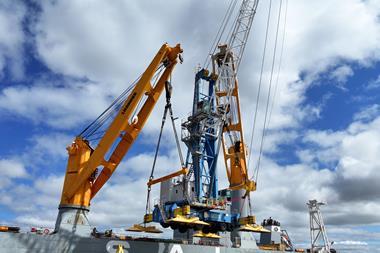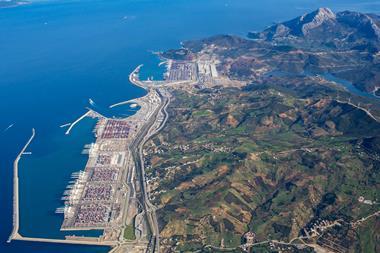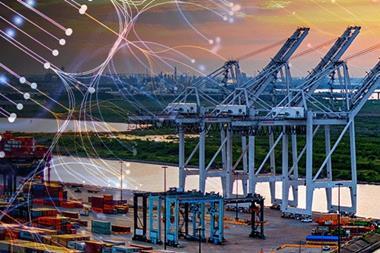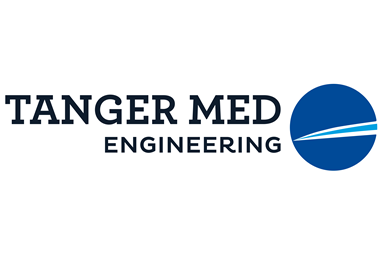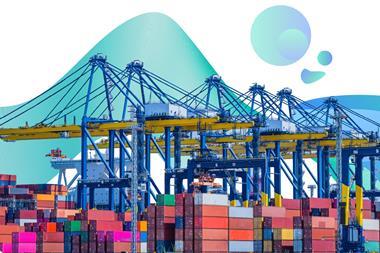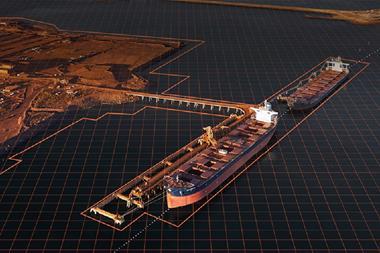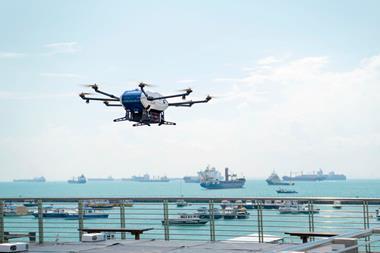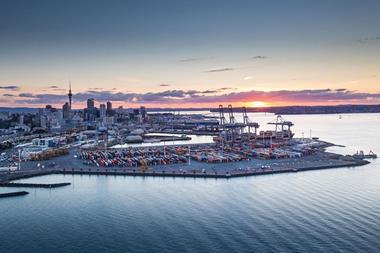Meet your shore power needs while lowering your carbon footprint!
Even as global policies increasingly demand stringent decarbonization targets, ports today also face grid capacity constraints and high infrastructure costs. The answer: Jenbacher cogeneration microgrids from INNIO Group integrated with renewable energy sources.
Why INNIO?
INNIO is a leading energy solution and service provider offering innovative solutions that help our customers navigate the fast-changing landscape of traditional and green energy sources. We’ve delivered our engines to more than 100 countries, where a team of 4,500 experts provides life-cycle support. Our ESG strategy has been recognized and awarded by esteemed rating agencies such as Sustainalytics and EcoVadis.
And how do we make cold ironing better?
Our comprehensive whitepaper illustrates how a European port with limited grid expansion capacity (3 MW) successfully meets substantial shore power demands for covering vessels’ needs (20 MW) through a microgrid that incorporates natural gas (“Ready for H2”) cogeneration, solar photovoltaic (PV), and battery energy storage system (BESS). The economic analysis reveals a significant 22% reduction in levelized cost of energy (LCOE) compared to traditional onboard power generation, with an additional 20% energy cost savings through thermal integration. The environmental assessment confirms substantial emissions reductions when compared with onboard power production, with CO₂ decreasing from 32,500 metric tons to 20,702 metric tons annually.
It’s a practical pathway to regulatory compliance while delivering superior economic and environmental benefits.
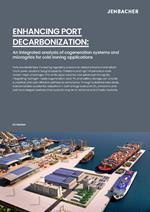
ENHANCING PORT DECARBONIZATION: An integrated analysis of cogeneration systems and microgrids for cold ironing applications
Ports worldwide face increasing regulatory pressure to reduce emissions and adopt shore power solutions but grid capacity limitations and high infrastructure costs remain major challenges. This white paper explores how advanced microgrids, integrating hydrogen-ready cogeneration, solar PV, and battery storage, can providea practical and cost-effective pathway to compliance. Through a detailed case study, it demonstrates substantial reductions in both energy costs and CO2 emissions, and outlines a staged roadmap that supports long-term resilience and climate neutrality.
Continue Readng at Jenbacher.comContact a Jenbacher expert.
Meet us in Malta at GreenPort Congress.


